The LMU has been successfully completed at the Russian State Hydrometeorological University
The history of cooperation between RSUH and African countries spans more than 30 years. During this time, more than 4,000 students from over 50 countries on the continent have studied at the university. In 2021, the university strengthened this partnership by joining the Russian-African Network University consortium. The RAFU Summer Multidisciplinary University is a large-scale initiative aimed at strengthening educational and scientific ties between Russia and African countries. The program will run until September 4, 2025, and will bring together 15 students, graduate students, and young scientists from Ghana, Gambia, Cameroon, Tanzania, Togo, Kenya, Guinea, and Benin.
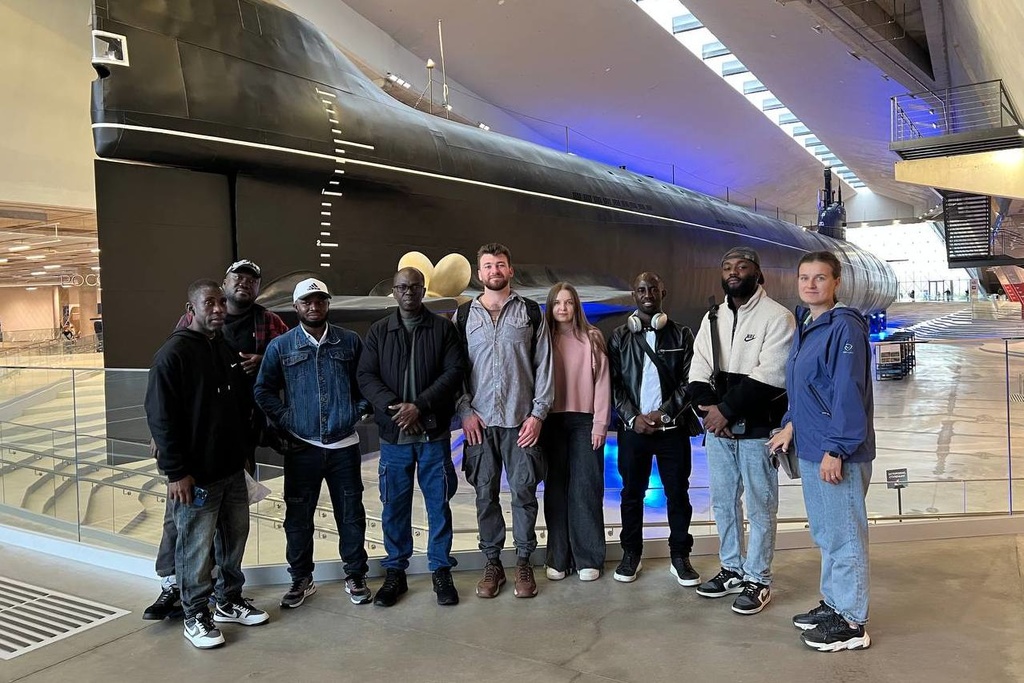
The program is unique in that it combines two key tracks: educational and cultural-historical. Its goal is not only to transfer knowledge and advanced Russian experience in the field of water use and flood protection, but also to strengthen friendly and professional ties between Russian and African specialists, search for new areas of cooperation between universities, and increase the sustainability of academic exchanges and internships.
The second part of the summer educational program "Hydraulic Structures and Land Reclamation Measures in River Basins Flowing Through West Africa" included educational and cultural activities.
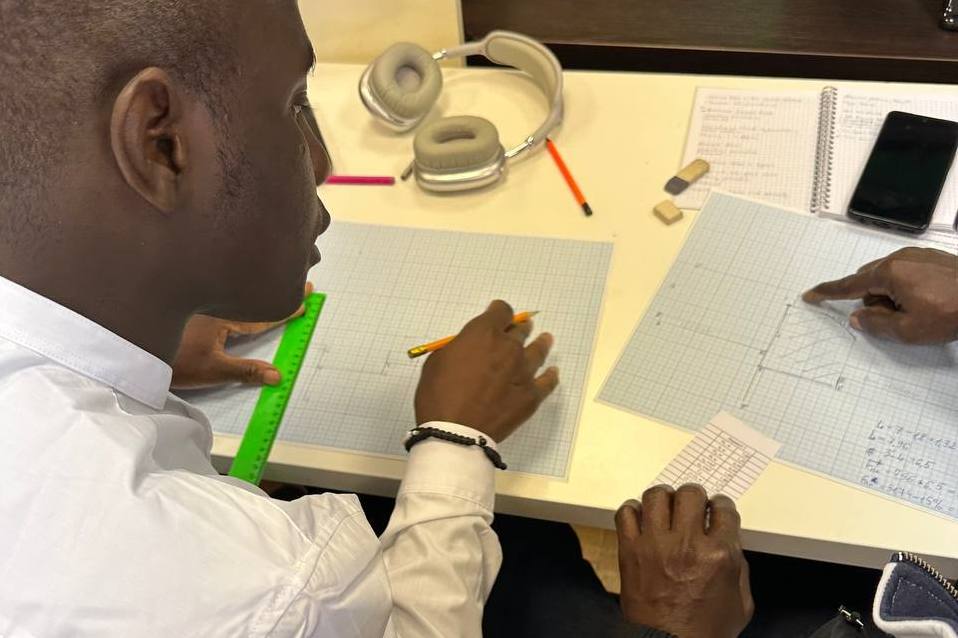
The educational track focuses on obtaining and analyzing hydrometeorological data, designing and operating hydraulic structures, irrigation technologies, using water energy, and methods of accounting for water resources, as well as performing practical tasks, including calculating hydrological characteristics and analyzing the data obtained.
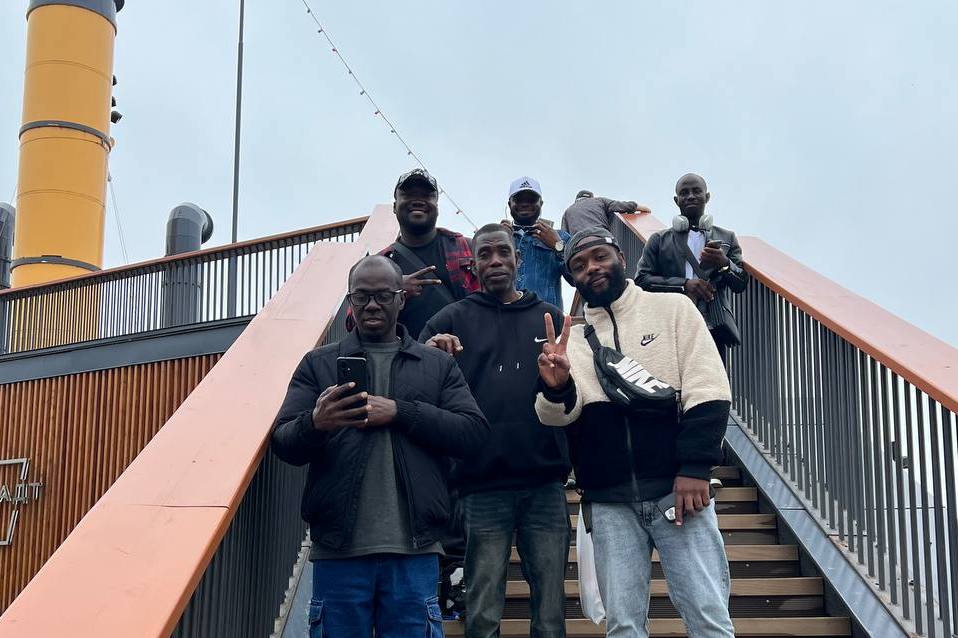
As part of the cultural and historical track of the second half of the program, on August 30, RAFU participants visited the grandiose Complex of Defensive Structures (KZS) near Kronstadt—an impressive engineering structure stretching over 25 kilometers, consisting of 11 dams, sluices, high-tech navigation channels, overpasses, tunnels, and highways.
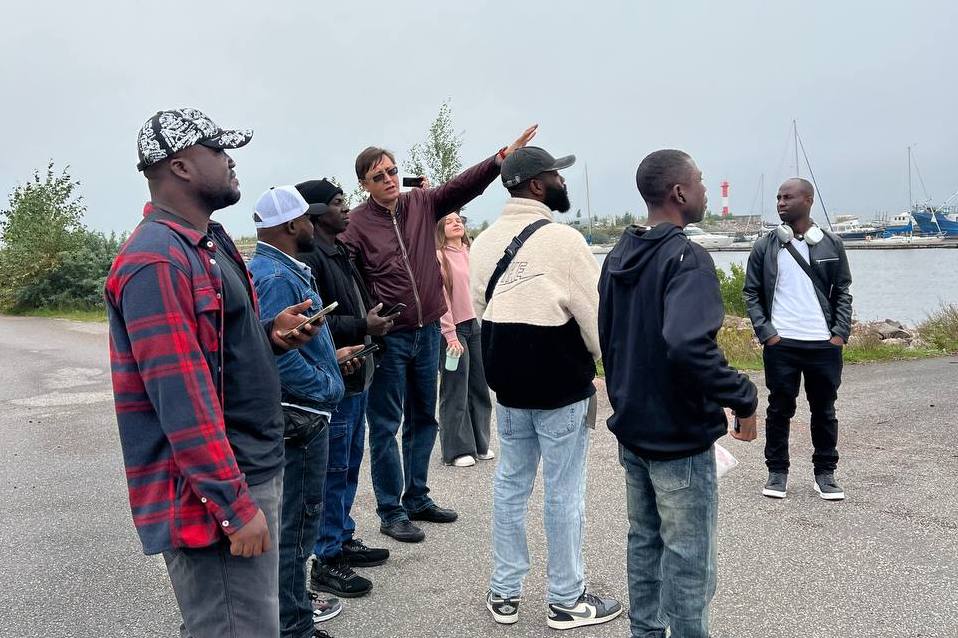
The excursion program for the day also included visits to Fort Constantine, the naval museum in Fort Island Park, and the architectural ensemble of Anchor Square with St. Nicholas Cathedral.
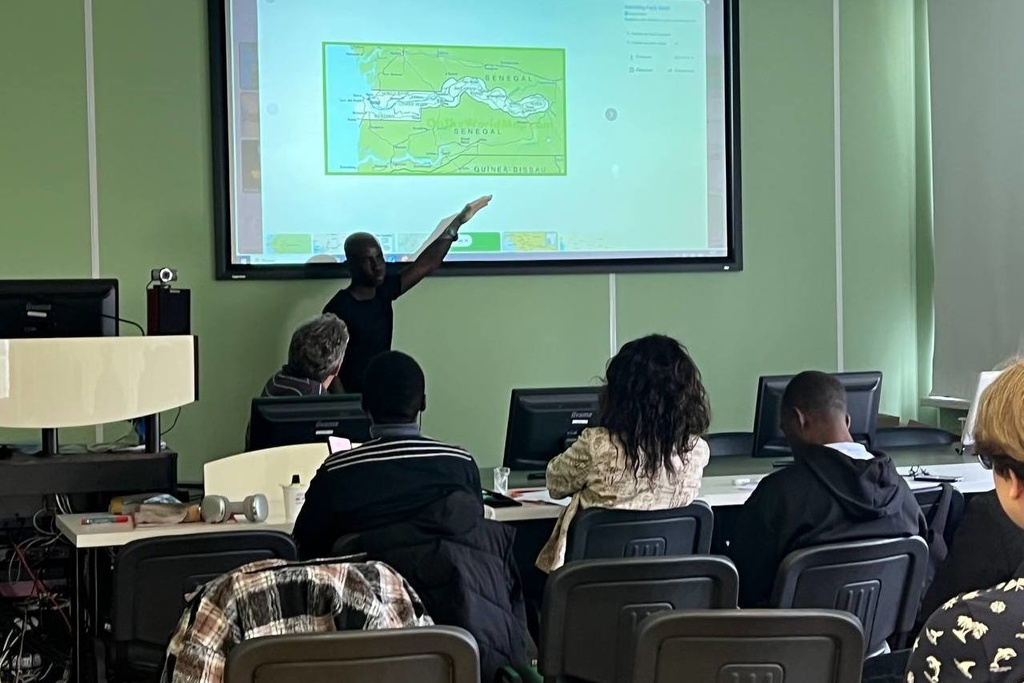
On September 1, after the celebrations marking the start of the academic year, the program participants, together with students from the Russian State Hydrometeorological University, held an evening of Russian-African friendship, during which the program participants shared stories about their home countries: Ghana, Gambia, Cameroon, Tanzania, Togo, Kenya, Guinea, and Benin. The presentations included information about the geographical location, economic and social factors of growth, ethnographic composition of the countries, and cultural features such as national clothing, national cuisines, diversity of flora and fauna, and much more. Participants from the Russian side gave detailed presentations on unique regions of our country, such as the Murmansk Region, Kaliningrad, St. Petersburg, Belozersk, and Khabarovsk.
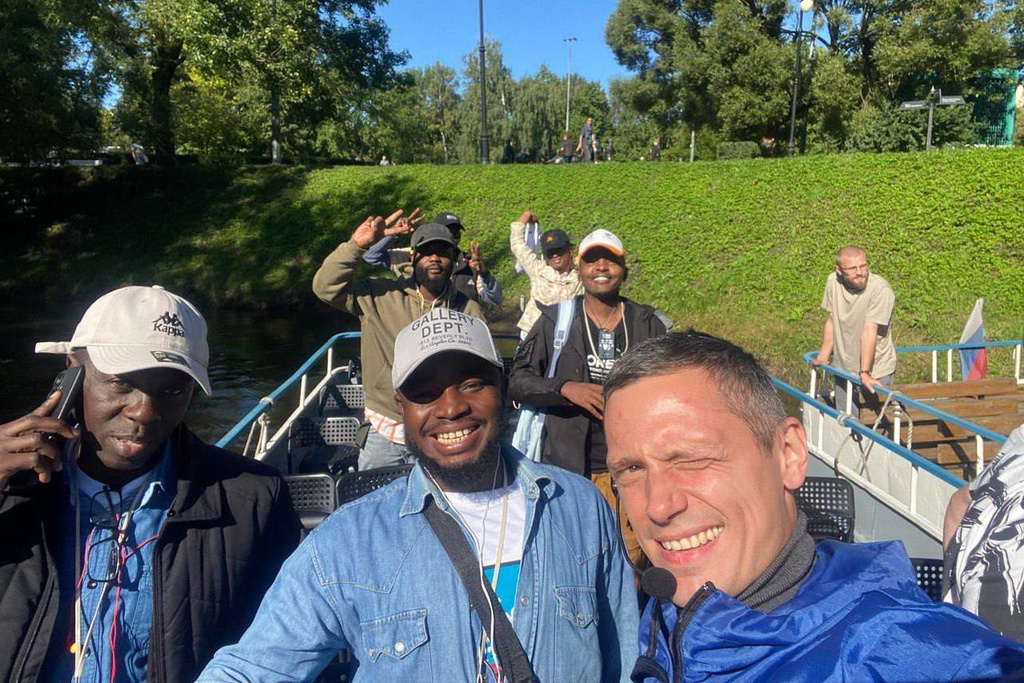
On September 2, cultural events included an excursion led by Vladimir Sergeevich Devyatov, Associate Professor of the Department of Engineering Hydrology, along the rivers and canals of St. Petersburg, where participants got acquainted with the unique atmosphere of the city and its waterways, built according to the designs of the best architects of the 18th century. The tour revealed an unexpected side of the city: the canals not only served as waterways, but also shaped the city's unique architectural appearance—bridges, embankments, and palaces along the water created the unique St. Petersburg style. Thanks to the canals, the city earned the nickname "Venice of the North." In the 19th century, the network of canals expanded, not only connecting rivers and bays, but also regulating water levels and preventing flooding. Today, the canals of St. Petersburg are a living part of its history, where every street and bridge tells the story of the great plans and construction of the city on the water.
.jpg)
On September 3, participants in the program took part in an excursion led by Maria Stanislavovna Dregval, senior lecturer in the Department of Engineering Hydrology, and visited the icebreaker Krasin, which is not just a ship, but a true legend of the Arctic and a symbol of Russian maritime power. They touched upon the history of the great polar expeditions and saw the technological marvel of the early 20th century.
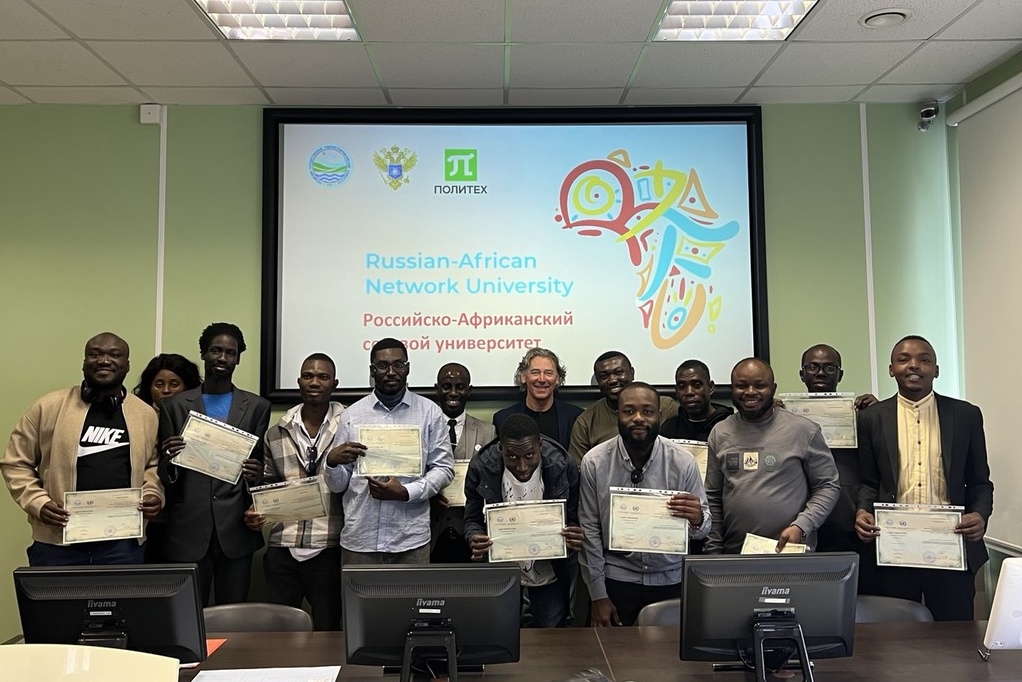
On September 4, a solemn closing ceremony of the Summer multidisciplinary University program was held at the Russian State University of Medicine and Dentistry, where diplomas were awarded to graduates of the training course. Igor Gennadievich Myasnikov, Acting Vice Rector for Development and Scientific Work, delivered a speech at the closing ceremony. He warmly thanked all participants and noted the significance of this year's program. expressed confidence in new stages of development of Russian-African scientific and educational cooperation, and shared plans to create a training and practical course, jointly with the university's industrial partners, which would include the acquisition of the necessary skills and competencies for future participants in RAFU programs.